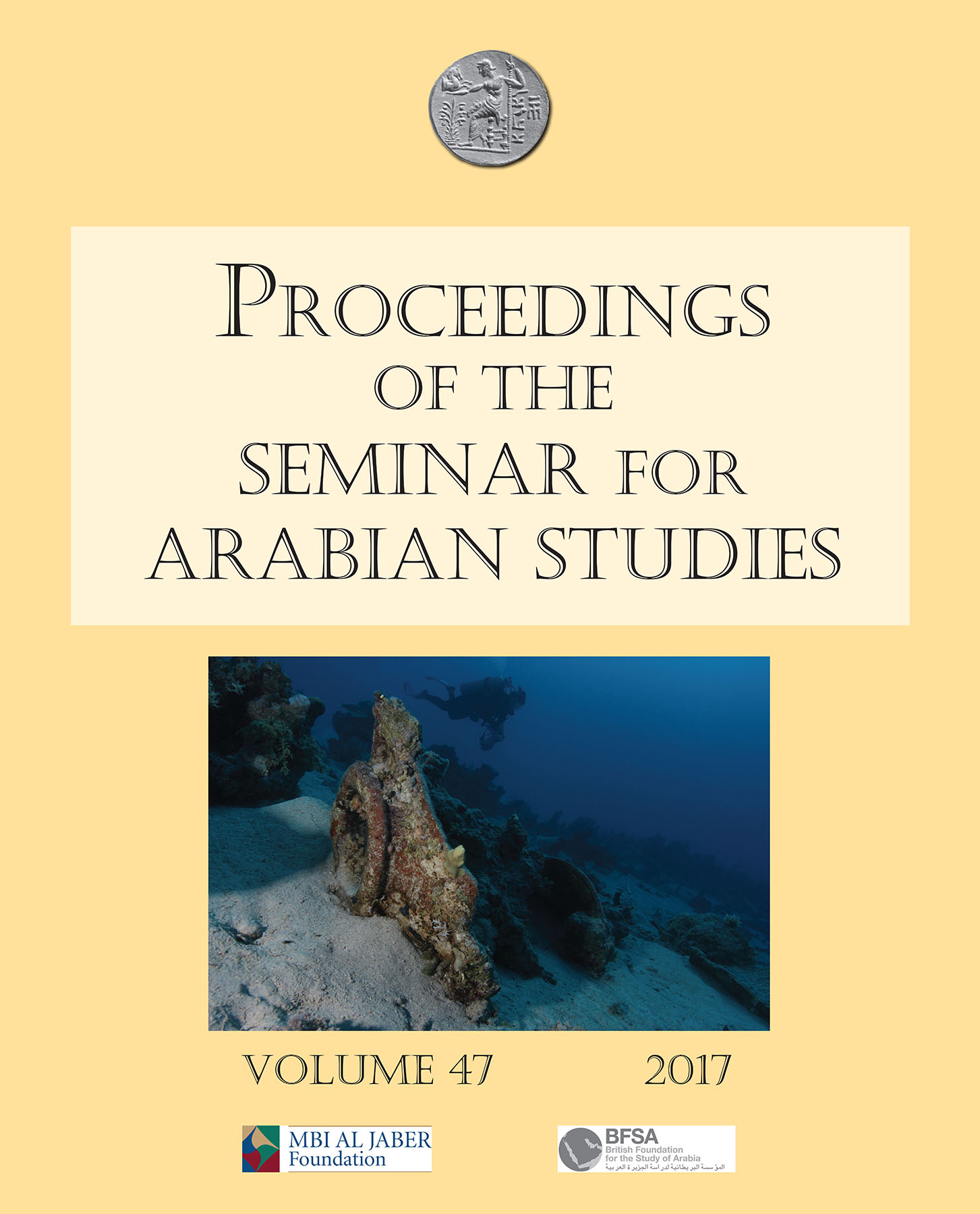The bitumen imports at Tell Abraq — tracing the second-millennium BC bitumen industry in south-east Arabia
Keywords:
Tell Abraq, bitumen, GC-MS, isotope analysis, Late Bronze AgeAbstract
Bitumen was widely traded throughout the Arabian Gulf in prehistory and its movement in the Neolithic and Early Bronze Age is well studied. This article presents the results of new geochemical work conducted on bitumen from the mid-second millennium BC at Tell Abraq (Emirate of Sharjah, UAE) to determine the geological origin of the samples. This study uses Stable Carbon Isotope Analysis (δ13C) on the asphaltenes fraction and Gas Chromatography-Mass Spectrometry (GC-MS) on the saturated hydrocarbon fraction.
The Tell Abraq dataset offers a unique opportunity to understand trade and interaction as no bitumen from this period in south-eastern Arabia has ever been investigated. The mid-second millennium BC is one of immense change in the region. It is widely considered that south-eastern Arabia was disengaged from major economic interactions in the Arabian Gulf while Kassite influence in the central Gulf had drawn Bahrain (ancient Dilmun) into closer economic and political ties with Mesopotamia. The identification of Iranian bitumen at Tell Abraq illustrates that the situation in south-eastern Arabia was more complex than previously thought.
References
.
Published
How to Cite
Issue
Section
License
Archaeopress Publishing, Oxford, UK


